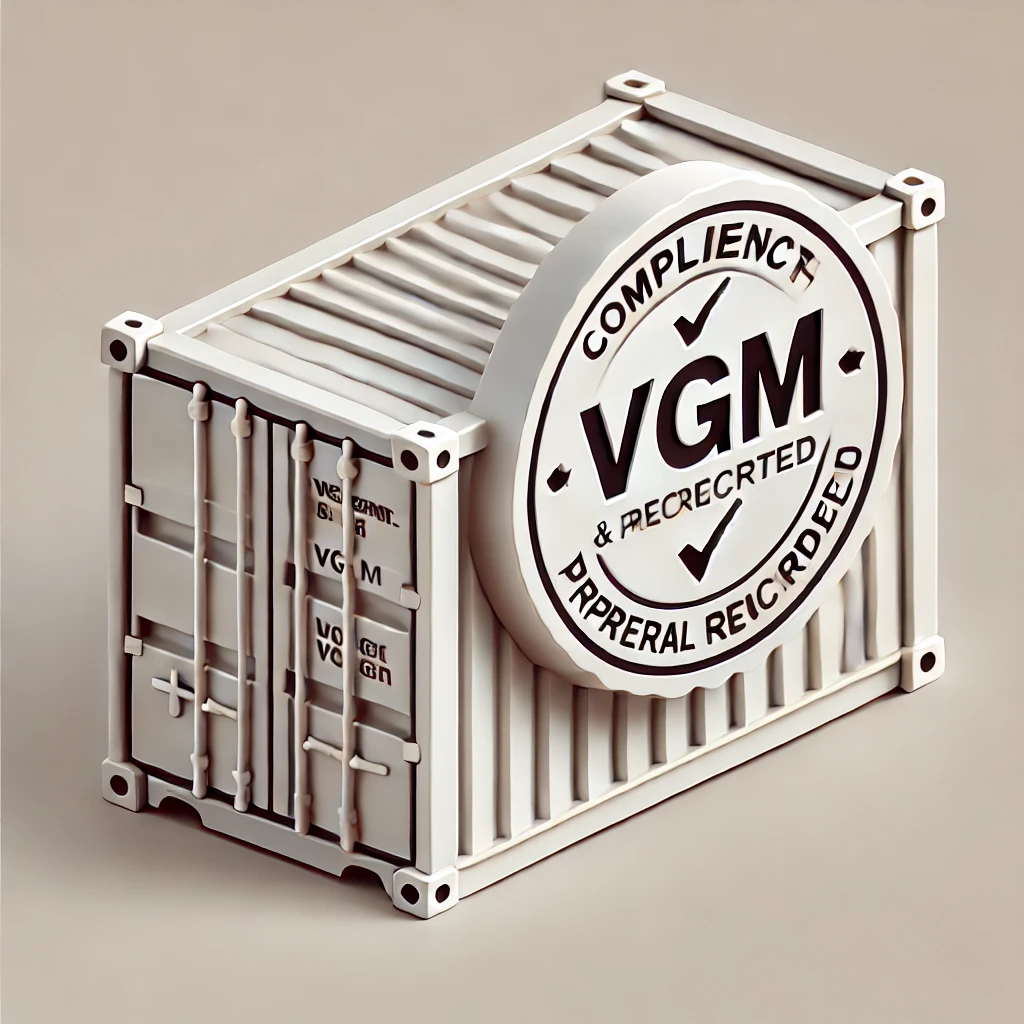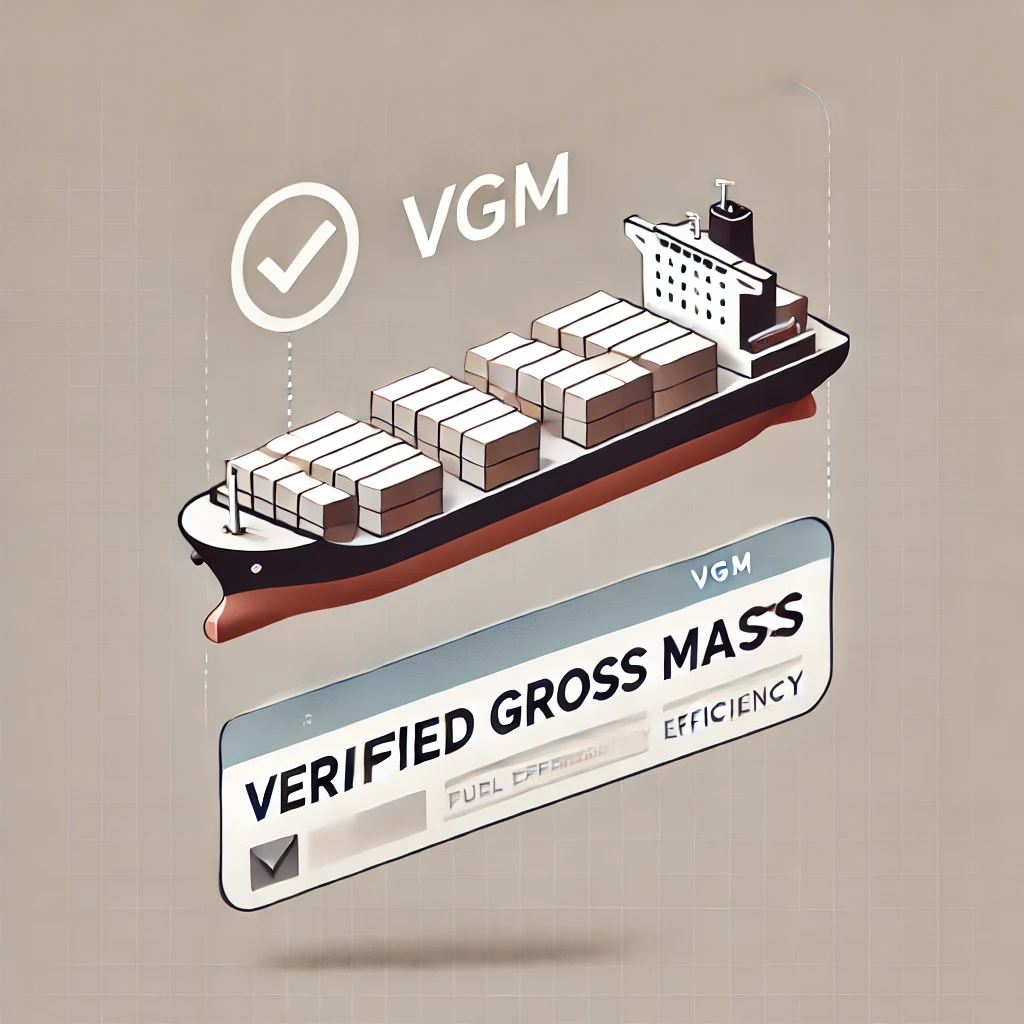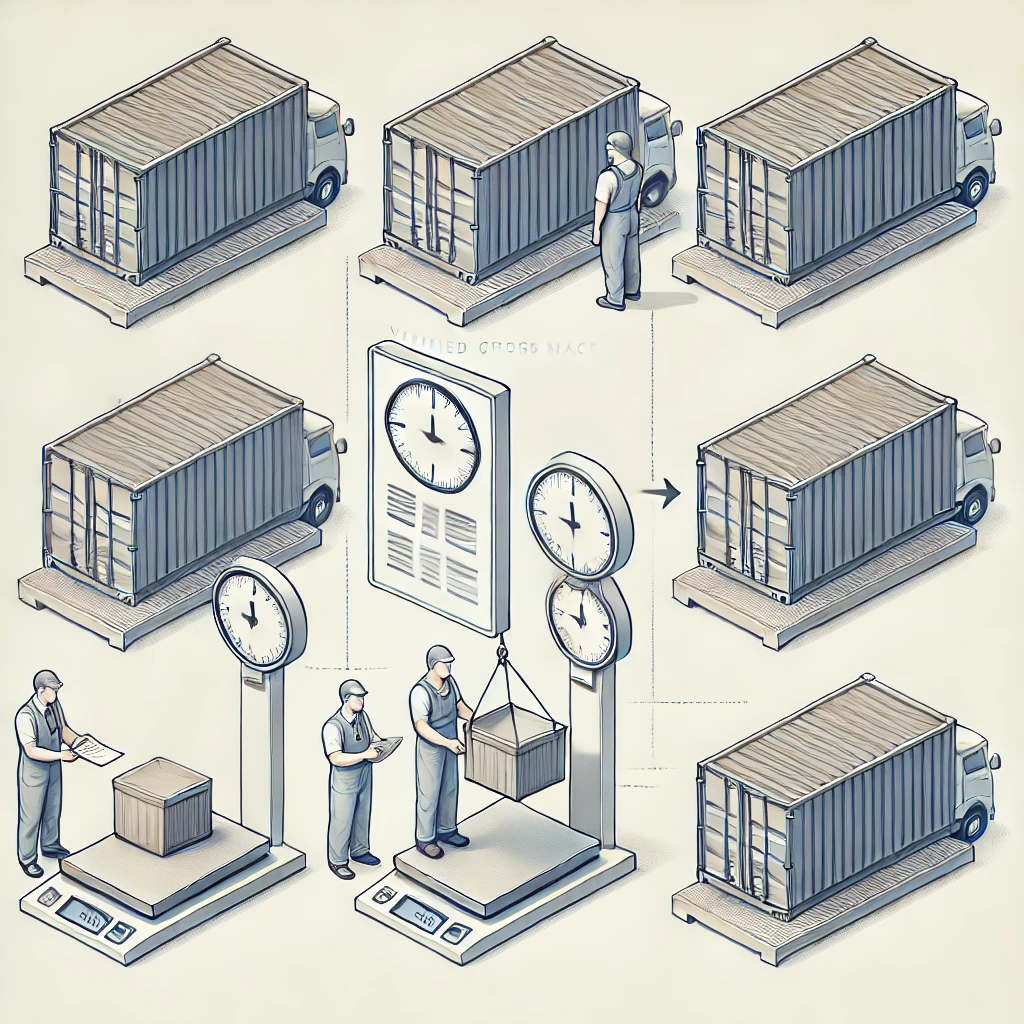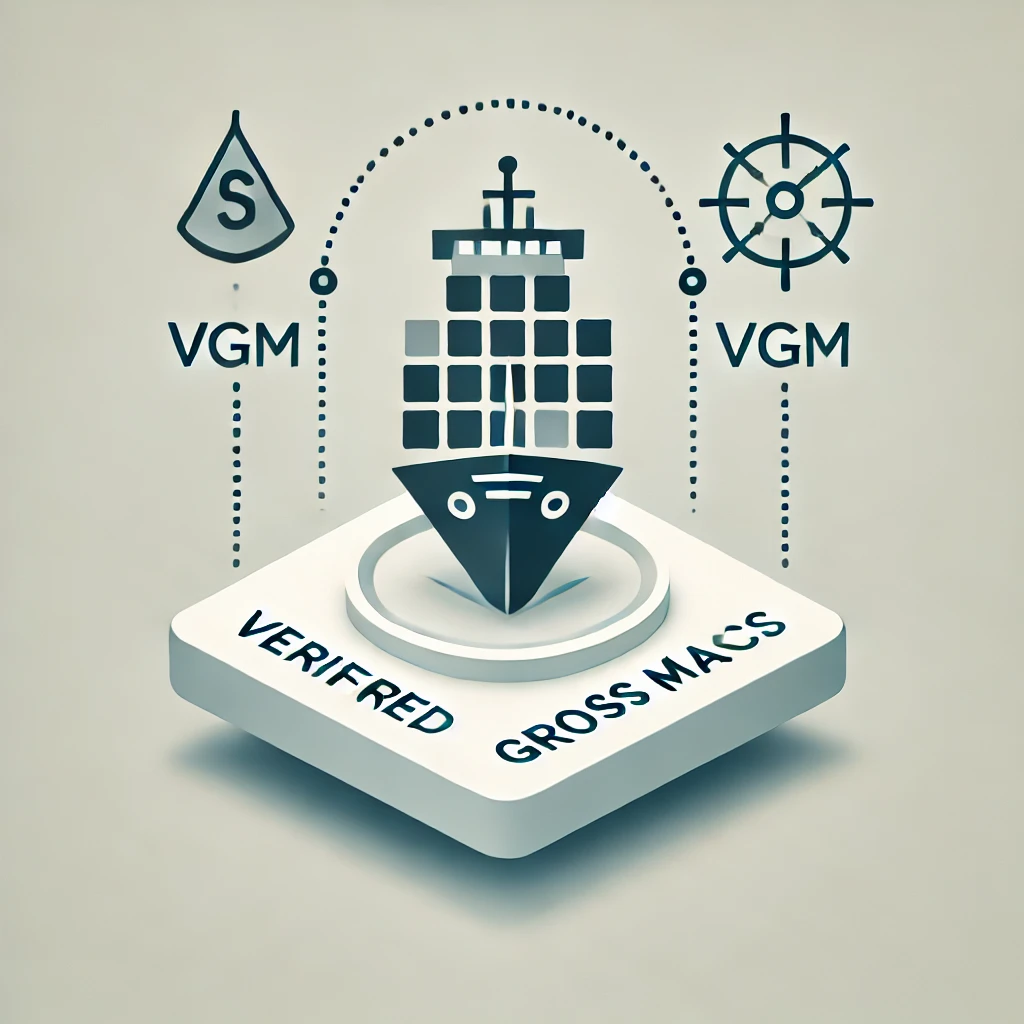Verified Gross Mass (VGM): A Comprehensive Guide to Container Weight Verification

What is Verified Gross Mass?
Verified Gross Mass, commonly referred to as VGM, is the total weight of a packed container, including the container’s tare weight and all cargo contents. The VGM is a critical piece of information required for the safe transport of containers by sea.
VGM Meaning in Shipping
In the context of shipping, VGM means more than just a number. It represents:
- A safety measure to prevent overloading of ships
- A legal requirement for container shipping
- A standardized method for weight reporting across the global shipping industry
The Importance of VGM in Shipping
Understanding the significance of VGM is crucial for anyone involved in international trade:
- Safety: Accurate VGM ensures that ships are not overloaded, reducing the risk of accidents at sea.
- Compliance: VGM is a legal requirement under the SOLAS (Safety of Life at Sea) convention.
- Efficiency: Proper weight distribution based on accurate VGM improves vessel stability and fuel efficiency.
- Cost Savings: Avoiding weight discrepancies prevents potential fines and shipping delays.
SOLAS VGM Requirement
The International Maritime Organization (IMO) amended the SOLAS convention to require the VGM for every packed container as a condition for loading onto a ship. This regulation, often referred to as the SOLAS VGM requirement, came into effect on July 1, 2016.
Key Points of SOLAS VGM:
- Shippers are responsible for providing the VGM.
- Carriers and terminal operators are prohibited from loading a container without a VGM.
- The VGM must be communicated in advance to the shipping line and terminal operator.
Methods for Obtaining Verified Gross Mass
There are two approved methods for obtaining the VGM of a packed container:
Method 1: Weighing
The packed container is weighed using calibrated and certified equipment.
Method 2: Calculation
- Weigh all packages and cargo items
- Add the tare weight of the container
- Add weight of all packing and securing material
The sum of these weights gives the VGM.
VGM Documentation and Reporting
Proper documentation is crucial for VGM compliance:
- VGM Certificate: A document stating the VGM, often provided by weighing stations.
- Shipping Instructions: VGM must be included in the shipping instructions sent to the carrier.
- VGM Declaration: A formal statement of the VGM, signed by an authorized person.
VGM Verification Process
The process of verifying gross mass typically involves these steps:
- Weighing or calculation of the packed container’s weight
- Documentation of the VGM
- Submission of VGM to the carrier and terminal operator
- Verification by the terminal before loading

Challenges in Implementing VGM
While VGM is crucial for safety, its implementation has faced some challenges:
- Infrastructure: Not all ports have the necessary weighing equipment.
- Cost: Additional weighing processes can increase shipping costs.
- Time: VGM procedures can potentially cause delays in the shipping process.
- Accuracy: Ensuring precise measurements across different methods and locations.
VGM Compliance and Penalties
Compliance with VGM regulations is mandatory, and non-compliance can result in severe penalties:
- Refusal to load the container
- Additional costs for storage and handling
- Potential fines from regulatory authorities
- Delays in shipment
VGM in Different Countries
While VGM is a global requirement, implementation can vary by country:
United States
- The Coast Guard enforces VGM regulations
- Allows for existing weighing processes to be used for VGM
European Union
- Uniform implementation across member states
- Strict enforcement of VGM requirements
China
- Requires VGM to be submitted 24 hours before loading
- Has specific requirements for VGM submission formats

Technology and VGM
Advancements in technology are making VGM processes more efficient:
- Electronic VGM (eVGM): Digital submission of VGM data
- Blockchain: Some companies are exploring blockchain for secure VGM record-keeping
- IoT Devices: Smart containers with built-in weighing capabilities
- Integration with Port Community Systems: Streamlining VGM data flow
Common Questions About VGM
What is VGM in Shipping?
VGM in shipping refers to the Verified Gross Mass of a packed container, which includes the weight of the container itself plus all its contents.
What is Verified Gross Mass?
Verified Gross Mass is the accurately determined weight of a packed container, verified through approved methods to ensure safe loading and transport of containers on ships.
VGM Meaning
VGM stands for Verified Gross Mass, a term that gained significance in the shipping industry with the SOLAS VGM requirement.
How to Calculate VGM?
To calculate VGM:
- Weigh all cargo items
- Add the weight of packing materials
- Add the container’s tare weight
The sum is the VGM.
What is a VGM Form?
A VGM form is a document used to declare the Verified Gross Mass of a container. It typically includes:
- Container number
- VGM
- Weighing method used
- Declarant’s signature

Best Practices for VGM Compliance
To ensure smooth VGM processes:
- Invest in accurate weighing equipment
- Train staff on VGM requirements and procedures
- Implement digital solutions for VGM submission
- Communicate clearly with all parties in the supply chain
- Stay updated on local and international VGM regulations
The Future of VGM
As the shipping industry evolves, so too will VGM processes:
- Increased Automation: More automated weighing and reporting systems
- Data Integration: Better integration of VGM data with other shipping information
- Global Standardization: Efforts towards more uniform global implementation
- Smart Containers: Containers with built-in weighing and reporting capabilities
Conclusion: The Ongoing Importance of VGM
Verified Gross Mass has become an integral part of the global shipping industry since its introduction. While it presented initial challenges, the focus on safety and accuracy that VGM brings to container shipping is undeniable.
As technology advances and regulations evolve, the processes around VGM are likely to become more streamlined and efficient. However, the core principle – ensuring the safe loading and transport of containers – will remain crucial.
For shippers, freight forwarders, and anyone involved in international trade, a thorough understanding of VGM is not just about compliance; it’s about contributing to a safer, more efficient global shipping industry. By embracing VGM requirements and staying informed about best practices, industry participants can ensure smoother operations, reduce risks, and ultimately support the safe transport of goods across the world’s oceans.
Remember, in the world of shipping, knowing the weight of what you’re moving isn’t just a detail – it’s a fundamental aspect of safety and efficiency. Verified Gross Mass might seem like just another acronym in a sea of shipping terminology, but its impact on the industry is profound and far-reaching.
